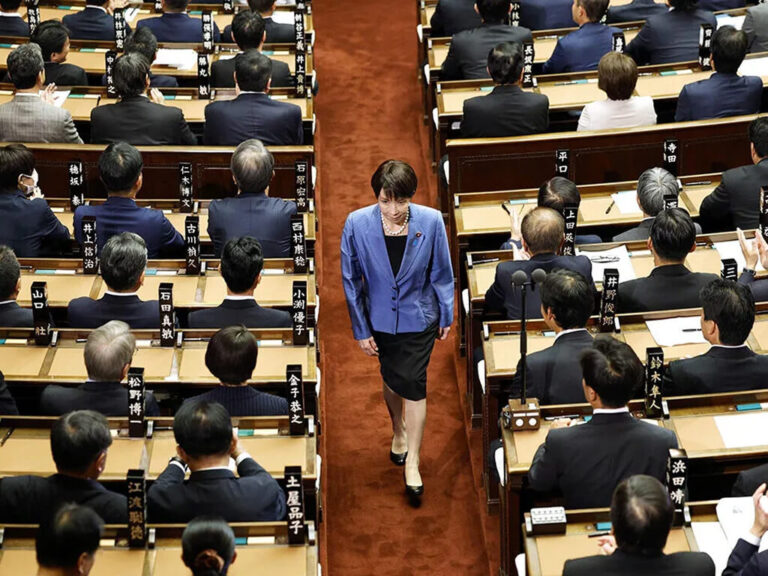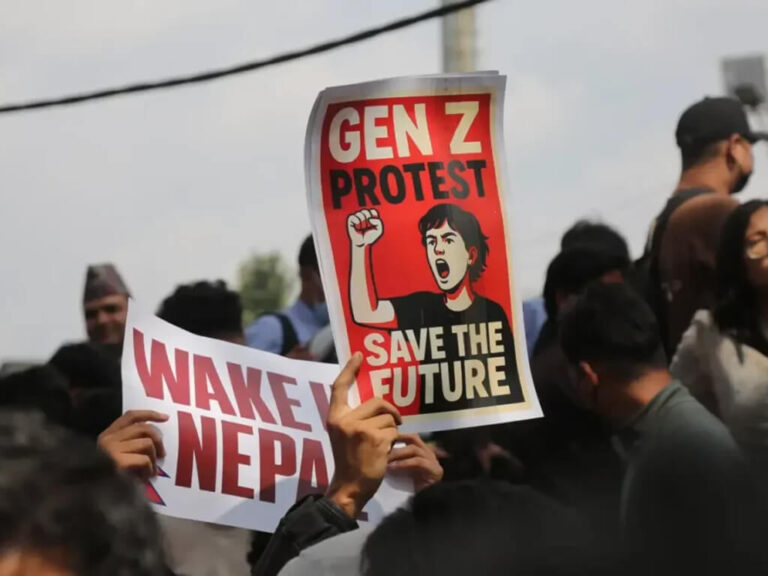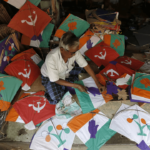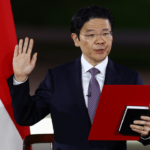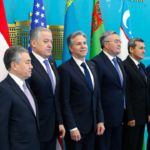China and India, two ancient civilizations, have maintained contact for centuries, once enjoying a historically strong relationship. However, the modern-day People’s Republic of China and the Republic of India now face one of the most strained diplomatic situations in the world. The source of tension can be traced to Tibet, which once served as a buffer zone between the two nations. Following China’s annexation of Tibet and its improved accessibility in the Himalayan region, territorial disputes have escalated, leading to military standoffs, a full-scale war, and deadly clashes, including the infamous Galwan Valley incident. China’s territorial claims over India’s states of Arunachal Pradesh, Sikkim, and Ladakh- areas it views as part of Tibet-have been met with strong resistance from India, which insists on the McMahon Line, a boundary drawn between British India and Tibet, as the legitimate border. China’s refusal to recognize this line has fueled enmity, leading to volatile borders and a rising power struggle.
China’s efforts to entrap India’s neighbors through debt diplomacy, combined with India’s strengthening of strategic partnerships with China’s adversaries, have deepened the animosity. But what if these two heavyweights could once again set aside their differences? Both nations, with immense potential, stand to benefit greatly from cooperation, as they did in the past. There’s no doubt that competing against each other is taking a toll on both, as reflected in their economic realities. So, is it time for these two countries to finally put an end to their conflict?
The tensions between China and India peaked during the Galwan Valley incident in Ladakh in 2020. Chinese interference disrupted Indian roadwork, sparking a violent clash. Without the use of firearms, as mandated by prior agreements, the confrontation resulted in casualties. While officials managed to de-escalate the situation eventually, the incident – coinciding with the peak of the COVID-19 pandemic – further eroded India’s trust in China. India responded by imposing restrictions on Chinese businesses and banning popular apps like TikTok, which had generated significant revenue from India. This sudden ban severely impacted China’s economic interests and led to backlash. In India, campaigns to boycott Chinese products gained momentum, pushing the country toward alignment with the U.S. and Europe – an alliance it had traditionally avoided.
India, however, also faced challenges due to the absence of Chinese-made goods, which had previously ensured lower prices in the market. Ultimately, the relationship between the two nations deteriorated, and animosity increased. However, as years have passed since the incident, it appears both countries have moved forward. China, having experienced slowed growth due to the pandemic, corruption, and market restrictions, is now facing economic challenges. In search of a large market to regain its momentum, China views India as its best option, especially as Western nations and Japan continue to exert pressure. China has only a territorial dispute with India, and if that issue is resolved, there are no other major conflicts between the two. With a population of 1.5 billion, India presents an opportunity for China to regain its pace and work toward its goal of surpassing the U.S. economy. For India, which is not fully ready to embrace the West, resolving the issue with China would allow it to focus on internal problems, particularly as many of its neighbors are embroiled in political turmoil that poses challenges for India.
Reports are now emerging that both countries are warming up to diplomatic talks to resolve their issues. On Friday, September 13th, China’s Foreign Ministry announced that it had withdrawn from four areas, including Galwan Valley, in accordance with India’s demands. The Ministry also stated that India and China held several meetings in Russia, their mutual ally, and agreed to create favorable conditions for further discussions and to build trust. The latest meeting occurred as part of the BRICS high-ranking officials’ gathering, with India’s National Security Advisor Ajit Doval and Chinese Foreign Minister Wang Yi leading the talks. India’s External Affairs Minister, S. Jaishankar, confirmed on Thursday that 75% of the disengagement issue has been resolved. Mr. Wang, a member of China’s Politburo, had previously stated that China is facing a turbulent global environment and views India as one of its best partners for cooperation, with the two ancient civilizations standing together. Both sides have conducted over 20 corps commander-level talks, and China appears to have high expectations from India. However, for India, the situation is challenging, as it is a democracy and the opposition frequently accuses Prime Minister Modi of not doing enough to address border issues, alleging that he is allowing China to take advantage.
It is expected that if India joins forces with China and Russia, they could form a powerful bloc capable of dominating Asia. Central Asia, Southeast Asia, and smaller Asian countries would likely be pressured to align with this bloc, while Islamic countries in the West, frustrated with the United States’ approach in Gaza, might also join as allies. Such a powerful bloc could emerge. However, many believe that resolving the territorial disputes and establishing a definitive border will be challenging. The territorial claims, extending back centuries and even thousands of years, complicate efforts at resolution. Nonetheless, economic interests can sometimes outweigh other concerns.



